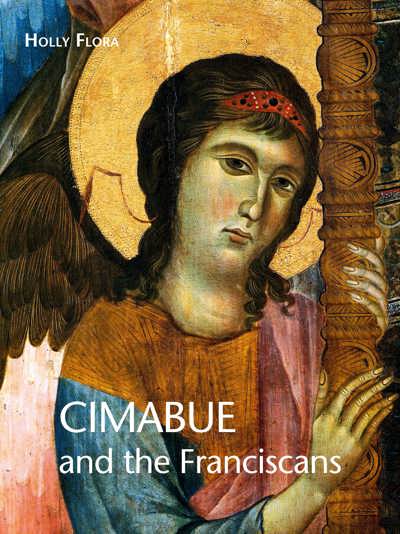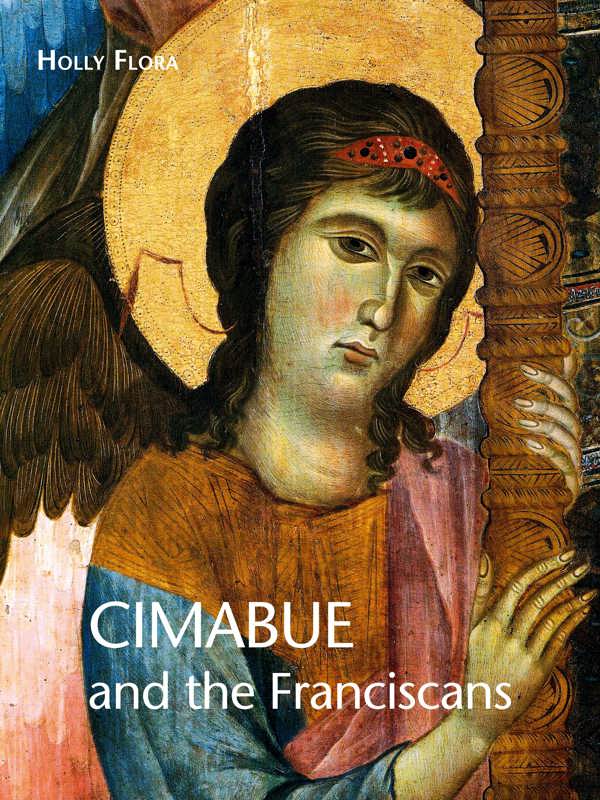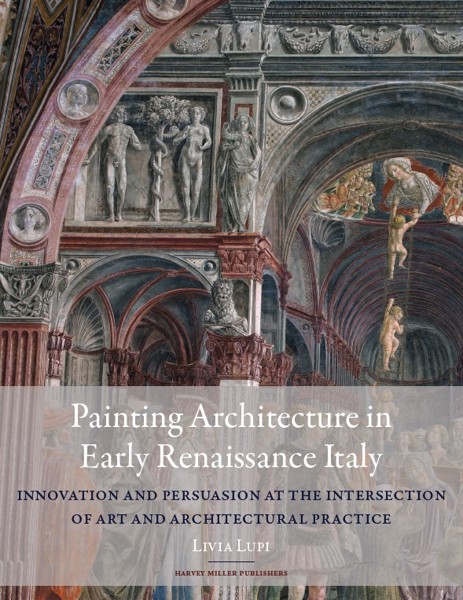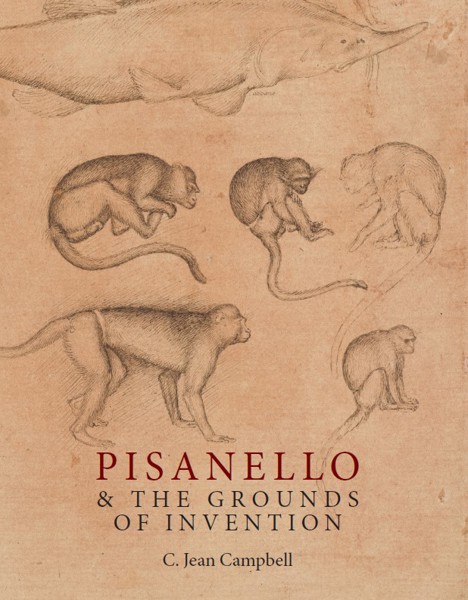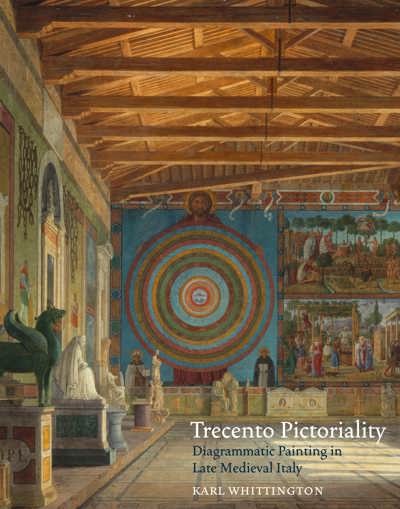
Cimabue and the Franciscans
Holly Flora
- Pages: iv + 287 p.
- Size:225 x 300 mm
- Illustrations:4 b/w, 192 col.
- Language(s):English
- Publication Year:2019
- € 155,00 EXCL. VAT RETAIL PRICE
- ISBN: 978-1-912554-01-0
- Hardback
- Available
Awarded with the 2020 "Premio San Francesco" by the Pontificia Università Antonianum in Rome
Cimabue and the Franciscans sheds new light on the legendary artist Cimabue, revealing his sophisticated engagement with complicated intellectual and theological ideas about materials, memory, beauty, and experience.
“Holly Flora’s insightful and richly illustrated book opens up many new avenues of inquiry regarding the early Renaissance Italian artist Cimabue and his multifaceted engagement with the Franciscans (…) what makes this book so valuable to Cimabue scholars are the author’s new methodological approaches which allow her to highlight the innovative nature of the artist’s practice (…) In this impressively researched book Flora reclaims Cimabue’s importance and demonstrates the dynamic, innovative, and influential nature of early Renaissance art and its symbiotic relationship in Italian cultural and spiritual life.” (Jill Harrison, in Renaissance Quarterly, 73/2, 2020, p. 615-616)
Holly Flora is Associate Professor of Art History at Tulane University. A specialist in Italian art of the thirteenth and fourteenth centuries, she is the author of The Devout Belief of the Imagination: the Paris Meditationes Vitae Christi and Female Franciscan Spirituality in Trecento Italy (Brepols, 2009), as well as articles in Art History, Gesta, and Studies in Iconography. She is a recent recipient of the Rome Prize (2010-11) and a fellowship at Villa I Tatti (2015-16).
This book offers a fresh look at the broader question of artistic change in the late thirteenth century by examining the intersection of two histories: that of the artist Cimabue (ca. 1240-1302), and that of the Franciscan Order. While focused on the work of a single artist, this study sheds new light on the religious motives and artistic means that fueled the period’s visual and spiritual transformations. Flora’s study reveals that Cimabue was not just a crucial figure in processes of stylistic change. He and his Franciscan patrons engaged with complicated intellectual and theological ideas about materials, memory, beauty, and experience, creating innovative works of art that celebrated the Order and enabled new modes of Christian devotion. Cimabue’s contributions to the history of art thus can finally be recognized for their wide-ranging scope and impact within the rapidly-evolving religious culture of the late thirteenth century.
Introduction: Intersecting Histories
Part I: Transformations at Assisi
Chapter 1: New Light on Cimabue’s White
Chapter 2: Sensory Engagement and Contemplative Transformation: The Assisi Transepts
Chapter 3: The Virgin Made Church: The Marian Apse and Evangelists’ Vault at Assisi,
Part II: Art, Memory and Experience
Chapter 4: Place and Memory: The Franciscan Maestà
Chapter 5: Word and Paint Made Flesh: Cimabue’s Santa Croce Crucifix
Chapter 6: Pictures, Words, and the Imagination in Cimabue’s Vita Christi, pp. 187-219
Epilogue: Last Transformations in Pisa
Appendix
Bibliography
Notes
